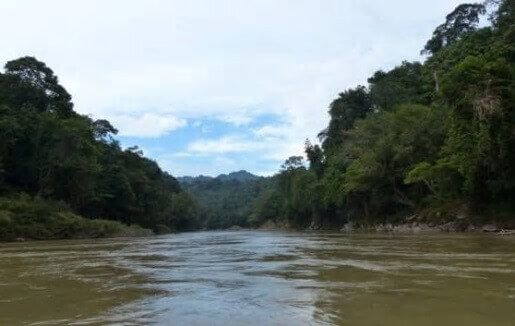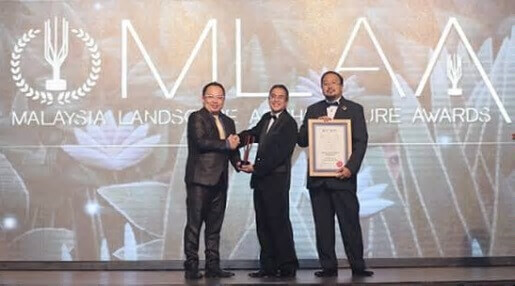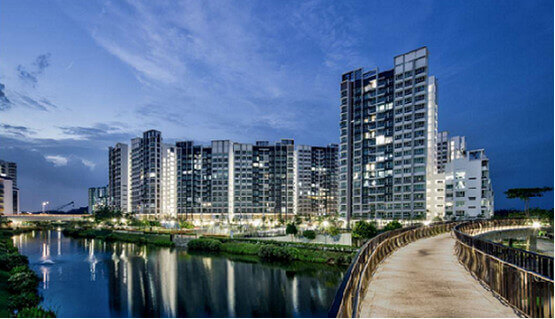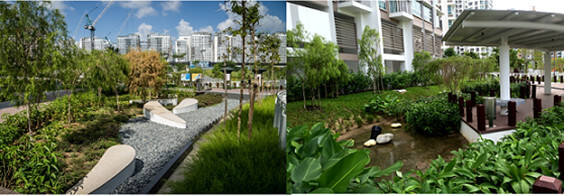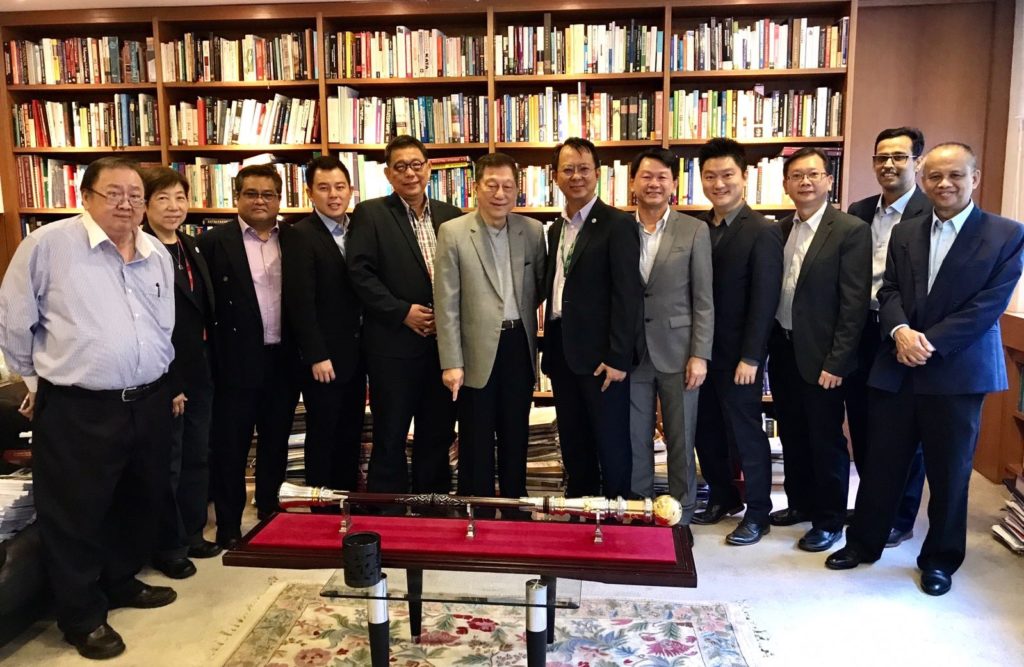
Kuala Lumpur, 10 August 2018 – HELP University has signed a Memorandum of Understanding (MOU) with Surbana Jurong, one of Asia’s largest urban and infrastructure consulting firms, to set up a Green Design and Technology Centre, as well as to promote sustainability in the built environment.
The centre, which will be based in HELP University’s Subang 2 campus, will offer certificate courses on renewable energies, sustainable urban planning, architecture, engineering and infrastructure. It will also focus on research and development in these fields, and there are plans to offer these courses at undergraduate and postgraduate level, as well as in its international schools, at a later stage.
HELP University is embarking on a mission to transform the institution and its programmes to train future generations to be ready for Industry 4.0 in which artificial intelligence, increasing automation, and data analytics will play a key role in managing economies, and the lives of human beings.
The Green Design and Technology Centre is part of HELP University’s plans to meet the growing demand for courses on sustainability in urban developments, and supports the country’s vision of becoming a regional hub for education. As part of the MOU, both HELP and Surbana Jurong will develop and organise courses on sustainable building design for commercial developers and consultants in Malaysia and the region.
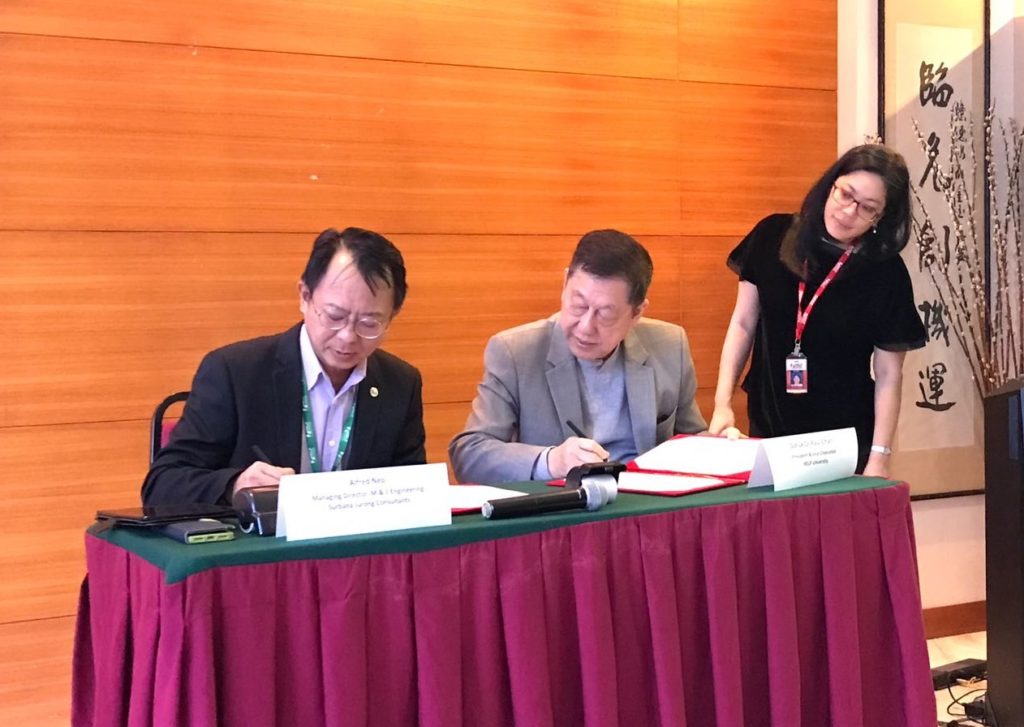
The partnership leverages HELP’s experience and reputation in developing quality programmes, and Surbana Jurong’s strong track record in providing sustainable planning, design and engineering solutions to the global urban and infrastructure market.
Mr Wong Heang Fine, Group Chief Executive Officer of Surbana Jurong, said, “Our partnership with HELP will train a new generation of architects, planners and engineers in sustainability in the built environment, while increasing awareness and capabilities among developers. This will help ensure that more cities of the future are resilient and sustainable. Surbana Jurong is excited to lend our global experience to this endeavour and we look forward to working with HELP to promote sustainability to the region.”
Professor Datuk Dr Paul Chan, Vice-Chancellor and President of HELP University said, “This MOU is the beginning of a long term plan to implement green curricula into every aspect of training at this new and exciting Green Design and Technology Centre and we look forward to working with Surbana Jurong to ensure the success of this new venture of HELP University.”
About Surbana Jurong
Surbana Jurong is one of the largest Asia-based urban and infrastructure consulting firms. Leveraging technology and creativity, Surbana Jurong provides best-in-class consultancy solutions across the entire value chain of the urbanisation, industrialisation and infrastructure domains.
Headquartered in Singapore, the Surbana Jurong Group has a global workforce of over 14,000 employees in more than 120 offices across over 40 countries in Asia, Australia, UK, the Middle East, Africa and the Americas, and an annual turnover of around S$1.5 billion.
Surbana Jurong has a track record of close to 70 years, and has built more than a million homes in Singapore, crafted master plans for more than 30 countries and developed over 100 industrial parks globally.
Surbana Jurong’s motto ‘Building Cities, Shaping Lives’ reflects its belief that development is more than just steel and concrete. Surbana Jurong creates spaces and designs infrastructure where people live, work and play, shaping cities into homes with sustainable jobs where communities and businesses can flourish.
About HELP Education Group
HELP University was founded in 1986 to provide affordable quality educational opportunities for Malaysians. It has since developed into a leading institution of higher learning in Malaysia with an international reputation among universities, research organisations, scholars, business, corporate leaders, and governments. HELP University offers a wide and diverse range of programmes covering business, law, management, economics, IT, the social sciences, and the humanities at undergraduate and graduate levels.
The HELP Group has won numerous awards. It was recognised by Forbes Asia in 2011 as one of the top 200 Top Performing companies in Asia Pacific with capitalization below USD 1 billion. It also won the KPMG Shareholder Value Award in 2010, and was ranked 43 among 1,000 public listed companies on the Malaysian Stock Exchange. HELP was also included in the Malaysian Corporate Governance Indext by MSWG, and won the Brand Laureate Award for Best Brand Award for Private Tertiary Education in 2012. In 2011, Group CEO, Datin Chan-Low Kam Yoke, was named Woman Entrepreneur of the Year by Ernst & Young.
For media enquiries, please contact:
Surbana Jurong
Jackie Yu
Director, Group Communications
T: +65 6839-7326 M: +65 9688-4269
E: Jackie.YuWC@surbanajurong.com
HELP
Juliet Chan
Deputy Director, Corporate Communications
T: +6 03 27162000 M: + 6012 6250207
E: juliet.chan@help.edu.my



